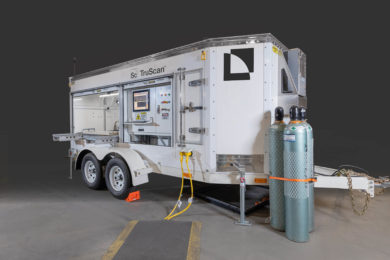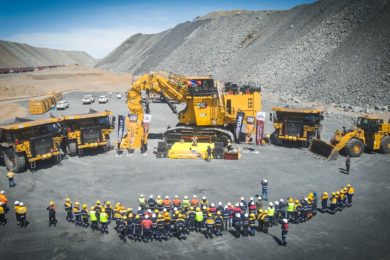Hecla has been investigating the potential benefits of using a Spendrup/Compact Filter Technic (CFT) diesel filtration system to remove diesel particulate matter (DPM) from the mine atmosphere to optimise use of the available air. America’s National Institute for Occupational Safety and Health (NIOSH) has evaluated the scrubber efficiency for dust and DPM. A new mining application of a carbon particulate sensor’s ability to continuously monitor long-term mine DPM levels in conjunction with the scrubber has been evaluated.
Magee Scientific is the manufacturer of the Aethalometer®, a continuous black carbon monitor which has been used extensively in worldwide ambient air quality monitoring networks. Two Aethalometers were used at the mine to assess their potential to continuously track underground DPM levels. In this first underground mine application, the Aethalometers were used to continually monitor black carbon (BC) in the intake and exhaust of the CFT scrubber system.
Results showed that an off-the-shelf Model AE33 Aethalometer could continually track underground BC levels for extended periods of time over the course of the six-week trial. Data at the scrubber intake over 14 days of testing showed that DPM filtration would be required less than half of the time to maintain BC levels below 50 µg/m3. If the Aethalometer BC data output were ‘smart coupled’ to control a 200-hp in-mine scrubber, significant electrical cost savings would be realised.
C. Volkwein, Science Consultant, D. A. Hansen, Magee Scientific and J. Hill, Hecla Ltd presented the paper New sensor for continuous tracking of diesel particulate matter in mines to optimize mine ventilation systems at the SME Annual Conference in Phoenix this week.










